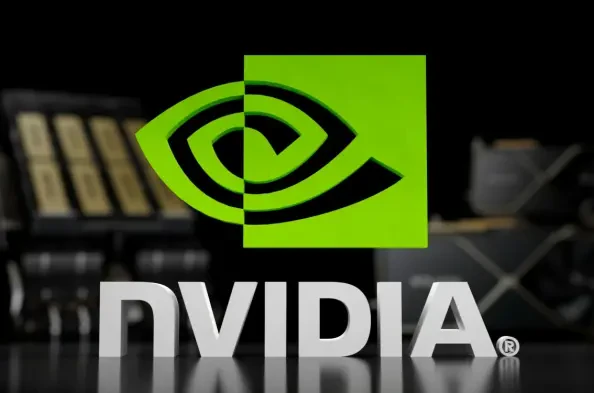Could pretraining data selection be the key to unlocking the full potential of large language models?
Unlocking the Full Potential of Large Language Models
In the rapidly evolving world of artificial intelligence, the performance of large language models (LLMs) hinges critically on the quality and composition of their pretraining data. However, there’s a significant challenge: constructing effective pretraining data mixtures. Balancing the need for general knowledge with domain-specific expertise is no small feat. Typically, models use vast web-scale datasets, like Common Crawl, that don’t explicitly label domains, complicating the process further.
Effective data selection can make the difference between a highly functional model and a mediocre one. Traditional methods involve curating datasets manually, which is labor-intensive and not easily scalable. The relationship between data composition and model performance is also highly nonlinear, making it difficult to determine the optimal blend of different domains. This backdrop sets the stage for NVIDIA’s groundbreaking CLIMB framework.
Introducing CLIMB: An Innovative Solution
NVIDIA’s CLIMB, short for CLustering-based Iterative Data Mixture Bootstrapping, revolutionizes the process of selecting pretraining data mixtures. Unlike traditional methods that rely heavily on curated datasets, CLIMB automates the process through unsupervised clustering and iterative optimization. This not only scales more efficiently but also adapts to various training objectives, making it a versatile tool.
At the heart of CLIMB is a combination of key components: the embedding of large-scale text data into semantic space, the organization of this data into coherent groups using K-means clustering, and the iterative optimization process. This sophisticated approach ensures that data mixtures are continually refined and tailored for optimal performance.
How CLIMB Operates: A Detailed Look
The process begins by mapping vast amounts of text data into a semantic space using pretrained encoders. Through K-means clustering, the data is organized into coherent groups, which are then pruned and merged based on content quality and redundancy. This forms the foundation for constructing candidate mixtures.
To evaluate these mixtures, CLIMB utilizes proxy models and trains regression-based predictors such as LightGBM. This iterative bootstrapping procedure progressively narrows down to high-performing configurations. The predictor guides further sampling and pruning, ensuring the exploration of the mixture space is efficient and effective.
This optimization is framed as a bi-level problem, balancing between training proxy models on candidate mixtures and refining predictions for future iterations. By supporting sparse mixture weights, CLIMB encourages the discovery of compact, relevant data subsets. This ensures not only semantic coherence within clusters but also a balanced exploration of the search space.
Empirical Success and Expert Opinions
NVIDIA’s CLIMB framework has demonstrated impressive empirical results. On general reasoning tasks such as PIQA, ARC, HellaSwag, and WinoGrande, a 1B-parameter model trained with CLIMB achieved an average accuracy of 60.41%, outperforming competitive baselines like DoReMi and RegMix. Even more strikingly, when the 1B model was extended to a 400B-token pretraining run, it outshined Llama-3.2-1B by 2.0% on a wide range of benchmarks.
NVIDIA researchers and AI experts have praised CLIMB for its efficacy and robustness across various sizes of proxy models and cluster granularities. Expert insights emphasize that larger proxy models offer marginally better predictions, demonstrating CLIMB’s flexibility and robustness.
On specialized benchmarks, including STEM, humanities, and social sciences, CLIMB-trained models have consistently outperformed baselines derived from random selection and exhaustive search. The iterative process validated the efficacy of the predictive model’s guidance, underlining CLIMB’s practical utility.
Practical Strategies for Implementing CLIMB
NVIDIA has taken significant steps to make CLIMB accessible for practical use. They have released ClimbLab, a 1.2-trillion-token corpus organized into 20 semantic clusters, and ClimbMix, a 400-billion-token optimized mixture designed for efficient pretraining. These resources enable researchers and developers to harness CLIMB’s capabilities without starting from scratch.
Models trained on ClimbMix have demonstrated superior performance and scaling properties, outperforming models trained on alternative datasets like Nemotron-CC and SmolLM. This not only highlights the advantages of CLIMB but also provides a clear pathway for leveraging these tools in diverse training scenarios.
Looking Forward: The Future of Data Optimization
The introduction of the CLIMB framework represents a significant advancement in the field of data-centric AI. By automating the data mixture selection process through semantic clustering and iterative optimization, it provides a scalable and systematic alternative to traditional handcrafted data pipelines.
NVIDIA’s commitment to fostering reproducibility and encouraging further research is evident in the release of ClimbLab and ClimbMix. These resources, along with the framework itself, offer a powerful toolset for AI researchers and developers looking to optimize pretraining data mixtures.
As the landscape of artificial intelligence continues to evolve, innovative frameworks like CLIMB will play a crucial role in pushing the boundaries of what LLMs can achieve. The ongoing exploration of data mixture optimization promises to unlock new levels of model utility, impacting a wide range of applications and domains.






